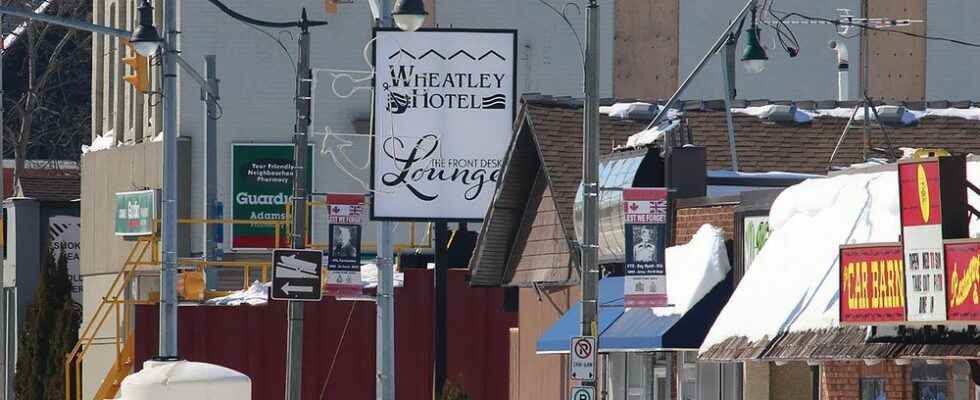Chatham-Kent officials say the costs of dealing with the massive explosion in Wheatley’s downtown are now running more than double the $2 million the province has pledged to help.
In a report that was slated for council on March 28, staff estimated the cost associated with the gas leak, explosion and aftermath have, to date, totaled more than $5.5 million, eclipsing the grant agreement of up to $2 million inked by the municipality and the province last month.
Mayor Darrin Canniff said he hopes further financial assistance is forthcoming.
“We’re working hard with the province to get more money, certainly,” he said.
The grant agreement with the province consists of an interim payment of $1.5 million and a final payment of $500,000 upon submission of a financial statement identifying eligible expenses, the staff report added.
These emergency funds were required for wages, contracts, emergency services, security and temporary housing, among other line items.
The total expenses included $769,868 of internally allocated wages of salaried municipal employees, the report noted.
“The municipality is having continued discussions with the province regarding the remaining expenses not covered by the $2-million grant,” the report stated. “Administration will make recommendations through the year-end variance report on the funding of any outstanding expenses.”
Last September, the municipality signed an agreement with the Ministry of Northern Development, Mines, Natural Resources and Forestry to have the province take the lead in the investigation to identify the source of the toxic and highly flammable hydrogen sulphide gas. Those efforts at identification – and a remedy – remain ongoing in a cordoned-off area of Wheatley’s downtown.
Gas was first identified at an Erie Street North site in June of last year, which prompted the immediate evacuation of homes and businesses in the area.
The following month, three-dozen homes and businesses were evacuated after hydrogen sulphide was again detected at the downtown site.
On Aug. 26, toxic gas detectors raised the alarm that afternoon, giving municipal staff and emergency crews enough time to evacuate the area before a blast destroyed two buildings about 90 minutes later. Twenty people suffered minor injuries from the explosion.
Since the August blast, gas has been detected about a half-dozen times in the cordoned-off area.
